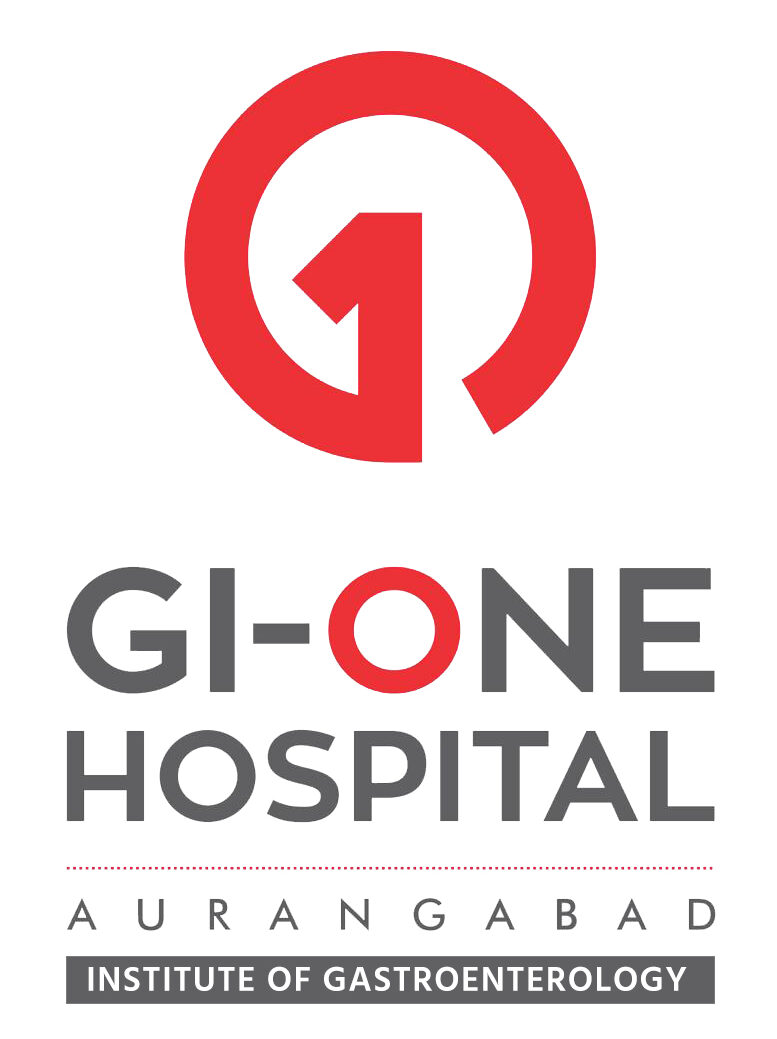ERCP
Endoscopic retrograde cholangiopancreatography, or ERCP, is a specialized technique used to study the bile ducts, pancreatic duct and gallbladder. The flexible endoscope is placed through your mouth and into your stomach and first part of the small intestine (duodenum) where bile duct and pancreatic ducts opens into intestine.
Who needs ERCP
ERCP is most commonly performed to diagnose conditions of the pancreas or bile ducts, and is also used to treat those conditions. ERCP may be used to treat blockage of bile duct and pancreatic duct by stones or cancer mass, infections of the duct, leakage of duct due to trauma or surgery. Complications from gallbladder surgery can also sometimes be diagnosed and treated with ERCP.
Preparation
You should not eat or drink for eight hours prior to the procedure. You may be asked to stop certain medications such as aspirin or other blood thinners before the procedure. Inform your physician of any allergies to medications, iodine. You may also require antibiotics prior to ERCP. Procedure Your throat will be sprayed with a local anesthetic before the test begins to numb your throat and prevent gagging. The patient is sedated and a piece of plastic mouthguard is placed in the mouth to keep the mouth open. The patient is positioned over x ray table on his or her stomach with the head turned to the right. The endoscope is then gently inserted into the upper esophagus, stomach and duodenum. After confirming the common opening to the ducts from the liver and pancreas, at papilla, your doctor will pass a thin guide wire through narrow plastic tube called a catheter through the endoscope and into the ducts. Dye is then injected into this bile duct and/or the pancreatic duct and x-ray films are taken. Appropriate steps would be taken like cauterization, dilatation of narrowed ducts or removal of stones once the pathology is identified. Additionally plastic or metallic stents can be placed across the ducts. Depending on the complexity of the procedure, it could take up to an hour or more. You'll be taken to a recovery area to sit or lie quietly after ERCP
Side effects
A temporary, mild sore throat, bloating sometimes occurs after the exam. ERCP is a well-tolerated procedure when performed by doctors who are specially trained and experienced in the technique. Serious risks with ERCP are relatively uncommon. Due to close proximity of bile and pancreatic duct, inflammation of pancreas can occur. At times excessive bleeding or perforation can occur. These complications may require hospitalization and surgery. Due to the mild sedation, the patient should not drive or operate machinery for 12 hours following the exam.
Alternative test/option
ERCP is now largely a therapeutic procedure. The other diagnostic modalities like MRI and Endoscopic Ultrasound of the biliary and pancreatic duct will reduce need for diagnostic ERCP.

